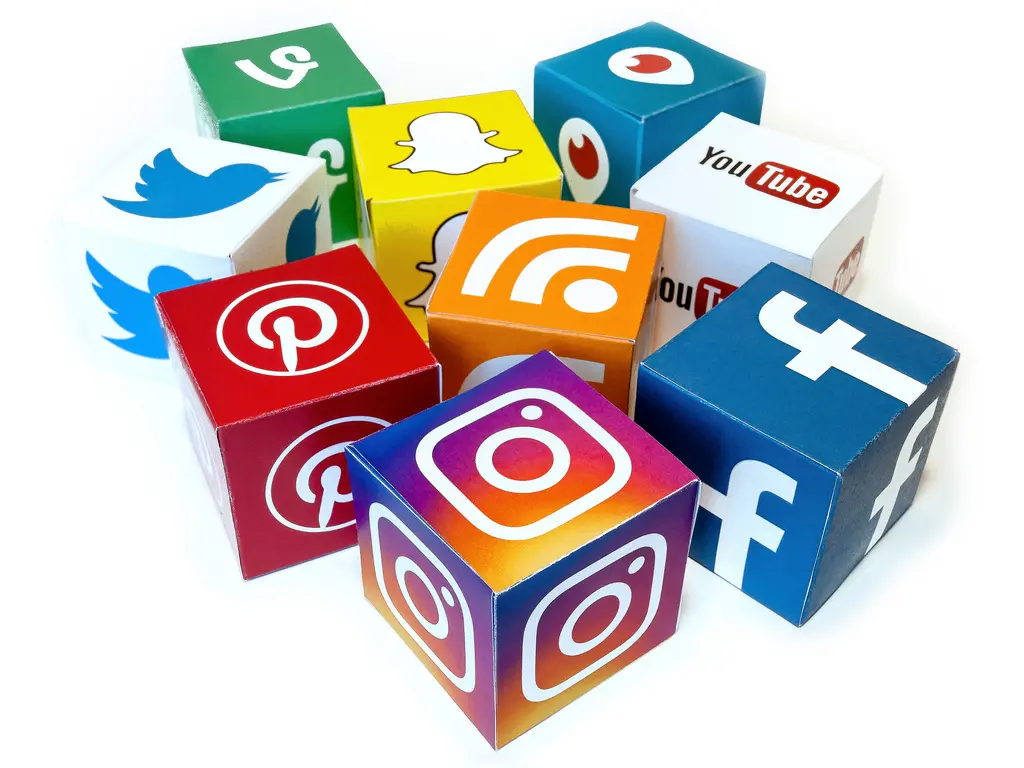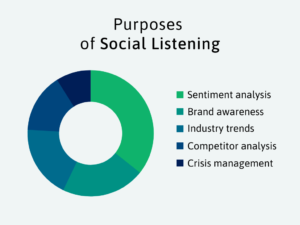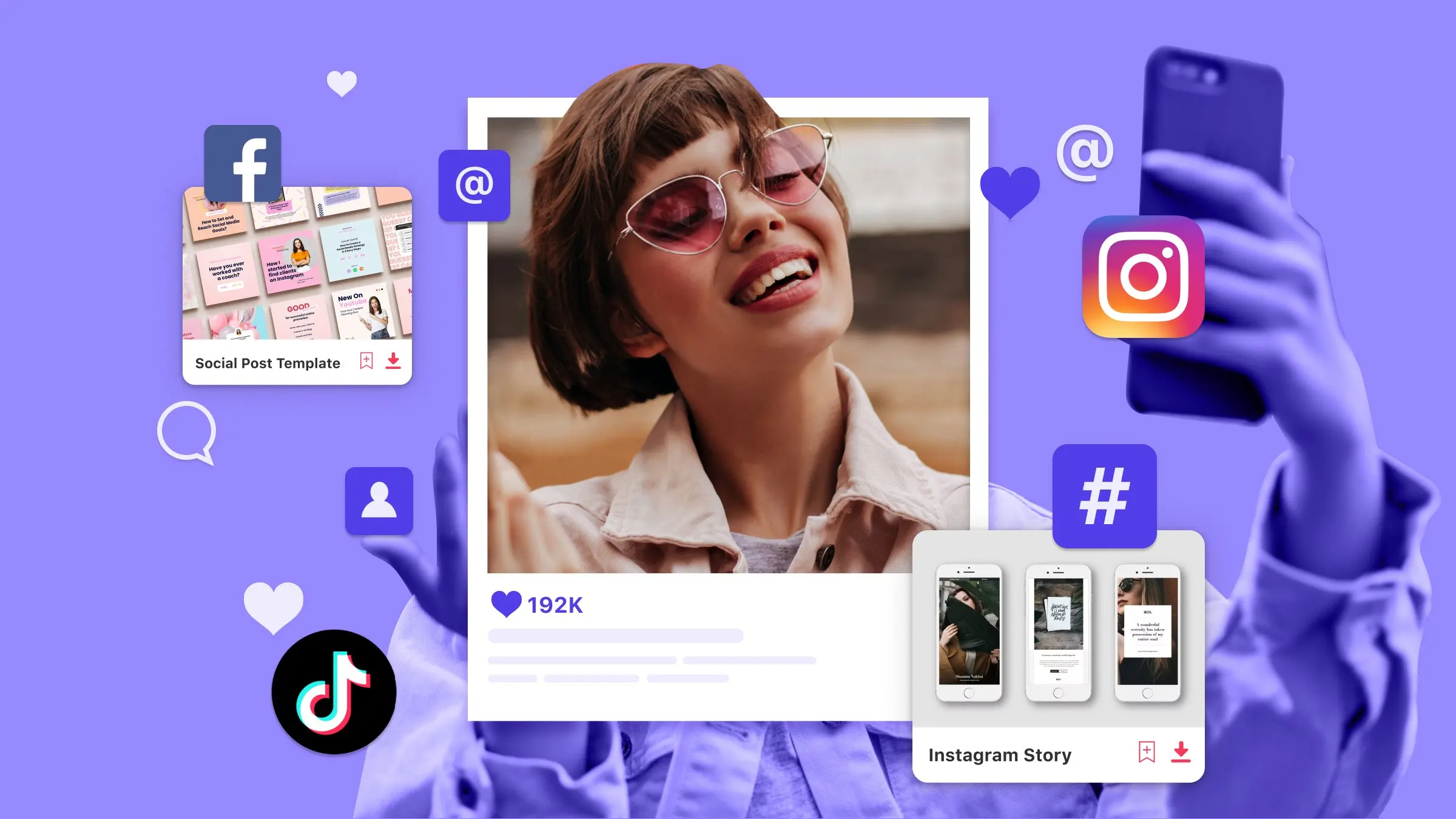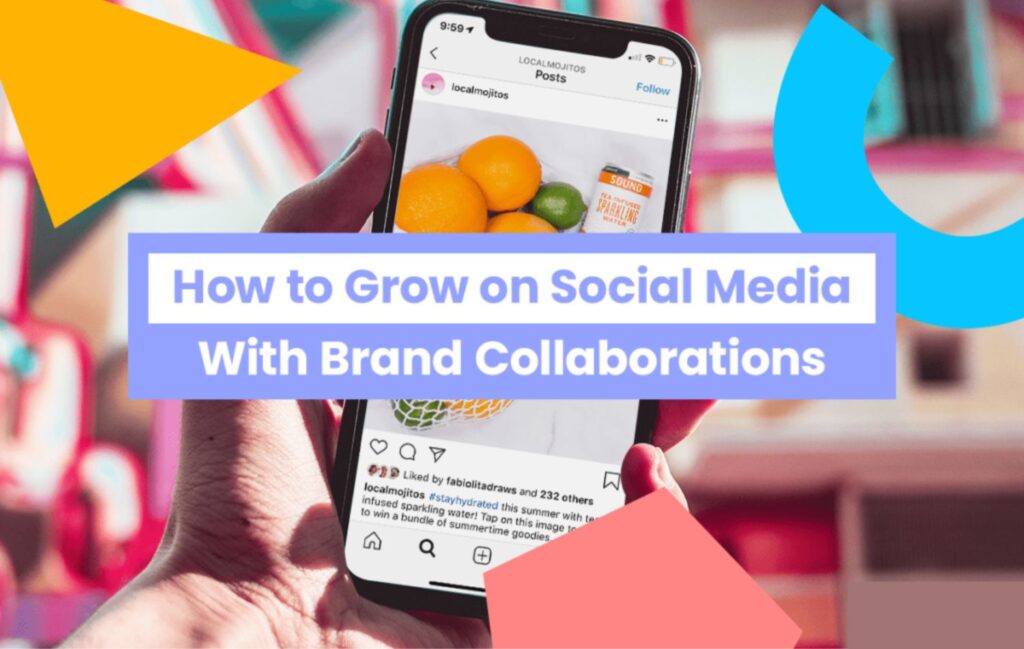Social media marketing continues to evolve at a rapid pace, and staying ahead of the trends is crucial for businesses looking to maintain a competitive edge. As we move into 2024, several exciting developments are set to shape the setting of social media marketing. In this comprehensive guide, we’ll explore the key trends to watch, offering insights and strategies to help you leverage these changes for maximum impact.

The Rise of Social Commerce
Online shopping is being revolutionized by social commerce. In 2024, we expect this trend to gain even more traction as platforms like Instagram, Facebook, and TikTok expand their e-commerce capabilities. Social media marketing is now synonymous with shopping, making it essential for brands to optimize their social channels for seamless purchasing experiences.
Why It Matters
Social commerce integrates the convenience of online shopping with the interactive and engaging nature of social media. This trend is particularly important for social media marketing because it shortens the customer journey, reducing the friction between discovery and purchase.
Strategies to Implement
Shoppable Posts: Use features like Instagram Shopping and Facebook Shops to create shoppable posts that allow users to purchase directly from your feed.
Influencer Partnerships: Collaborate with influencers to showcase your products in a natural, engaging way, driving sales through trusted recommendations.
Live Shopping Events: Host live shopping events on platforms like TikTok and Instagram Live to demonstrate products in real-time and interact with potential customers.
The Dominance of Short-Form Video Content
TikTok continues to dominate social media platforms with short-form video content . In 2024, this trend shows no signs of slowing down, making it a critical component of any social media marketing strategy.Short-form videos are highly engaging and shareable, making them an effective tool for increasing brand visibility and engagement. They cater to the decreasing attention spans of modern consumers, delivering impactful messages in a matter of seconds. More about this

TikTok Challenges: Create branded TikTok challenges to encourage user-generated content and increase brand awareness.
Instagram Reels: Utilize Instagram Reels to share behind-the-scenes content, tutorials, and product showcases.
YouTube Shorts: Leverage YouTube Shorts to tap into YouTube’s vast user base, repurposing content from other short-form video platforms.
Personalization and AI-Driven Content
Personalization has been a buzzword in social media marketing for years, but advancements in AI are taking it to new heights. In 2024, AI-driven content personalization will be a game-changer, allowing brands to deliver highly relevant and tailored experiences to their audiences.

Personalized content resonates more with users, driving higher engagement and conversion rates. AI tools enable marketers to analyze vast amounts of data, gaining insights into user behavior and preferences to create targeted content.
Dynamic Ads: Use AI to create dynamic ads that automatically adjust based on user behavior and preferences.
Chatbots: Implement AI-powered chatbots to provide personalized customer service and product recommendations.
Content Recommendations: Utilize AI algorithms to offer personalized content recommendations, keeping users engaged with your brand.
The Growth of Augmented Reality (AR) Experiences
Augmented reality (AR) is transforming the way consumers interact with brands on social media. In 2024, AR experiences will become more prevalent, offering innovative ways to engage and entertain audiences.
AR provides immersive experiences that capture attention and drive engagement. It allows users to visualize products in their environment, try on virtual items, and participate in interactive campaigns, enhancing the overall social media marketing experience.

Strategies to Implement
AR Filters: Create branded AR filters for platforms like Instagram and Snapchat to increase user interaction and brand exposure.
Virtual Try-Ons: Implement AR technology to offer virtual try-ons for products like clothing, accessories, and cosmetics.
Interactive Campaigns: Develop interactive AR campaigns that encourage users to engage with your brand in fun and creative ways.
The Expansion of Niche Social Platforms
While giants like Facebook, Instagram, and TikTok dominate the social media landscape, niche platforms are gaining popularity. In 2024, leveraging these platforms will be a key strategy for reaching specific target audiences and enhancing your social media marketing efforts.

Niche platforms offer highly engaged communities with specific interests, providing an opportunity to connect with audiences on a deeper level. These platforms often have less competition, allowing for more impactful marketing efforts.
Identify Relevant Platforms: Research and identify niche platforms that align with your brand and target audience, such as Pinterest for creative industries or LinkedIn for B2B marketing.
Content: Create content that resonates with the unique audience of each platform.
Community Engagement: Actively participate in niche communities, engaging with users and contributing valuable insights and content.
The Integration of Social Listening Tools
Social listening tools are becoming indispensable for effective social media marketing. In 2024, the integration of these tools will help brands understand their audience better, track brand sentiment, and stay ahead of trends. Social listening involves monitoring digital conversations to understand what customers are saying about a brand, its products, and the broader industry. This practice is critical for social media marketing as it provides real-time insights into customer needs and preferences.

Social listening provides valuable insights into what consumers are saying about your brand, industry, and competitors. This information is crucial for shaping your social media marketing strategy and making data-driven decisions. By understanding the conversations happening around your brand, you can better meet your audience’s needs and improve your overall social media marketing efforts.
Benefits of Social Listening

Enhanced Customer Engagement: Social listening allows brands to engage with customers in meaningful ways. By understanding what your audience is talking about, you can join conversations, provide solutions, and show that you care about their opinions. This fosters a stronger connection between the brand and its followers, enhancing your social media marketing efforts.
Brand Sentiment Analysis: Social listening tools enable brands to gauge public sentiment about their products and services. Positive sentiment can be leveraged to boost marketing campaigns, while negative sentiment can be addressed promptly to mitigate potential PR crises. This proactive approach is essential for effective social media marketing.
Competitive Analysis: Keeping an eye on competitors is vital for staying ahead in the market. Social listening tools allow brands to monitor competitors’ activities, identify their strengths and weaknesses, and adjust their social media marketing strategies accordingly.
Trend Identification: Identifying emerging trends early can give brands a competitive edge. Social listening tools help detect shifts in consumer preferences and industry trends, enabling brands to adapt their social media marketing strategies to stay relevant.
Strategies to Implement
To maximize the benefits of social listening in your social media marketing strategy, consider the following strategies:
Monitor Brand Mentions: Use social listening tools to monitor mentions of your brand across various social media platforms. This includes tracking direct mentions, hashtags, and even misspellings of your brand name. Promptly responding to mentions can enhance customer satisfaction and demonstrate that your brand values customer feedback.
Track Competitor Activity: Analyze your competitors’ social media presence to understand their strategies and identify gaps in the market. Social listening tools can provide insights into the types of content your competitors are posting, their engagement levels, and their audience’s reactions. Use this information to refine your own social media marketing tactics.
Analyze Industry Trends: Keep a pulse on the broader industry by tracking relevant keywords and hashtags. It helps identify emerging trends and topics.. By incorporating these trends into your social media marketing strategy, you can keep your content fresh and engaging.
Engage with Influencers: Identify key influencers in your industry through social listening. Engaging with these influencers can amplify your brand’s reach and credibility. Collaborate with them to create authentic content that resonates with your target audience and enhances your social media marketing efforts.
Customer Feedback Analysis: Use social listening tools to gather customer feedback and insights. Information like this can be used to improve customer service, to develop new products, and to develop marketing strategies. Understanding your customers’ pain points and preferences allows for more personalized and effective social media marketing campaigns.
Tools for Social Listening

Several tools can enhance your social media marketing through effective social listening:
Hootsuite: Offers comprehensive social media monitoring and analytics to track brand mentions and analyze social sentiment.
Brandwatch: Provides in-depth social listening capabilities with advanced analytics to help brands understand their audience and competitors.
Sprout Social: Combines social listening with robust social media management features, making it easier to integrate insights into your marketing strategy.
Mention: Tracks brand mentions across the web and social media, providing real-time alerts and analytics.
Case Study: Successful Integration of Social Listening
Consider a case study where a fashion brand effectively used social listening tools to boost their social media marketing strategy. By monitoring conversations around fashion trends and customer preferences, the brand identified a growing interest in sustainable fashion. They quickly adjusted their marketing campaigns to highlight their eco-friendly products, leading to a significant increase in engagement and sales. This example demonstrates the power of integrating social listening into social media marketing.
Collaborations with Digital Creators
collaborations with digital creators are becoming increasingly vital. As we move into 2024, the role of influencers, content creators, and brand advocates is set to expand, offering brands unique opportunities to reach and engage with their target audiences. Here’s why collaborations with digital creators are crucial in social media marketing and how they can elevate your brand’s presence.
Authentic Connections and Trust
One of the primary benefits of collaborating with digital creators in social media marketing is the authentic connections they have with their followers. Digital creators, including influencers, often have loyal and engaged audiences who trust their opinions and recommendations. By partnering with these creators, brands can leverage this trust to enhance their credibility and authenticity in the eyes of potential customers.
Expanding Reach and Visibility
Digital creators can significantly expand a brand’s reach. In social media marketing, tapping into the established follower base of a popular creator allows brands to access new and diverse audiences. This expanded reach is especially beneficial for introducing new products, launching campaigns, or entering new markets.
Creative and Diverse Content
Collaborations with digital creators bring fresh and diverse perspectives to social media marketing campaigns. Creators are adept at producing engaging and innovative content that resonates with their followers. By allowing creators the creative freedom to interpret and present a brand’s message, businesses can benefit from unique content that stands out in a crowded digital space.
Enhanced Engagement
Digital creators are experts at fostering engagement. Their followers are often highly interactive, participating in discussions, sharing content, and providing feedback. In social media marketing, this high level of engagement is invaluable. Brands can leverage creator-led content to boost interactions, drive conversations, and build a vibrant online community around their products or services.
Measurable Impact and ROI
The impact of collaborations with digital creators in social media marketing is measurable. Brands can track key performance indicators (KPIs) such as engagement rates, click-through rates, and conversions to assess the effectiveness of these partnerships. This data-driven approach allows for the optimization of strategies and ensures a high return on investment (ROI).
Long-Term Partnerships in social media marketing
In 2024, the trend in social media marketing is shifting towards long-term partnerships with digital creators. Unlike one-off collaborations, ongoing partnerships enable brands to build deeper relationships with creators and their audiences. This consistency helps in reinforcing brand messaging and maintaining a steady presence in the digital space.
Co-Creation and Innovation
Co-creating content with digital creators leads to innovative outcomes. In social media marketing, involving creators in the content development process ensures that the content is both authentic and aligned with current trends. This collaborative approach not only enhances creativity but also ensures that the content is relevant and engaging for the audience.
Leveraging Micro and Nano Influencers
While top-tier influencers have their place, 2024 will see a growing focus on micro and nano influencers in social media marketing. These creators, though having smaller followings, often boast higher engagement rates and more niche, dedicated audiences. Collaborating with micro and nano influencers allows brands to target specific segments more effectively and foster stronger community bonds.
Aligning with Social Values
Digital creators often have a clear stance on social and environmental issues. In social media marketing, aligning with creators who share your brand’s values can enhance your brand’s image and appeal to socially conscious consumers. These authentic collaborations can highlight your brand’s commitment to important causes and foster a positive brand reputation.
Case Studies and Success Stories
Highlighting successful collaborations with digital creators can serve as powerful testimonials in your social media marketing strategy. Case studies and success stories demonstrate the tangible benefits and ROI of these partnerships, providing proof of concept for potential future collaborations.
Evolution of Influencer Marketing
Influencer marketing has become a key part of social media marketing, and it’s changing in exciting ways. In 2024, we’re seeing a move towards building longer-lasting relationships with influencers and focusing more on smaller influencers who have highly engaged followers.

Why Influencer Marketing is Important
Influencers can greatly affect what people buy because their followers trust them. By keeping up with changes in influencer marketing, brands can create stronger connections with their audience and get better results from their social media marketing efforts.
Long-Term Partnerships with Influencers
In the past, brands often worked with influencers on one-time projects. Now, there’s a shift towards longer partnerships.
Benefits of Long-Term Partnerships
Consistency: Working with the same influencers over time helps keep your brand message consistent and builds stronger recognition.
Stronger Relationships: Influencers who know your brand well can talk about it more genuinely, which feels more authentic to their followers.
Better Results: Longer partnerships usually give better returns because influencers become more convincing and effective over time.
How to Do It
Find Brand Ambassadors: Look for influencers who share your brand’s values and can represent you authentically over a long period.
Create Together: Work with influencers to create content that fits both their style and your brand’s message.
Track Success: Keep an eye on how these partnerships are performing and make adjustments as needed.
The Power of Micro-Influencers
Micro-influencers, who have smaller yet highly engaged followings, are gaining in popularity.
Benefits of Micro-Influencers
Higher Engagement: These influencers often have more interaction with their followers.
Affordable: Working with micro-influencers is usually cheaper than working with big-name influencers.
Targeted Audiences: They often focus on specific topics or communities, which can help you reach your ideal customers more effectively.
How to Do It
Find Your Niche: Look for micro-influencers in areas that match your brand. Your message will reach the right people this way.
Build Real Relationships: Engage with micro-influencers on a personal level to create more authentic collaborations.
User-Generated Content: Encourage these influencers to create content showing your products in real-life situations. This kind of content is often seen as more trustworthy.
Being Authentic and Transparent
Today’s consumers value honesty. They can easily spot when an endorsement isn’t genuine, so it’s important to be transparent and authentic.
How to Do It

Clear Disclosure: Make sure influencers clearly state their partnerships with your brand. This builds trust with their audience.
Authentic Content: Let influencers share their true experiences with your brand. Avoid giving them overly scripted messages.
Honest Reviews: Allow influencers to be honest in their reviews. Authentic feedback is more credible and can build stronger trust.
Using Data to Improve
Data and analytics are becoming more important in influencer marketing. They help brands make better decisions and improve their strategies.
How to Do It
Measure Performance: Track key metrics like engagement rates, reach, and conversions to see how well your influencer campaigns are doing.
Understand Audiences: Look at the demographics and interests of an influencer’s followers to make sure they match your target market.
Test and Learn: Try different influencers and types of content to see what works best for your social media marketing goals.
Conclusion
The social media marketing in 2024 is full of potential. From the rise of social commerce and the dominance of short-form video content to the growing importance of personalization and AI-driven content, brands have numerous opportunities to innovate and engage with their audiences. The integration of augmented reality, the emphasis on authenticity and transparency, the expansion into niche social platforms, and the utilization of social listening tools are all critical for staying competitive.
Additionally, the evolution of influencer marketing, with its focus on long-term partnerships and micro-influencers, underscores the need for genuine connections and data-driven strategies. By understanding and leveraging these trends, businesses can not only keep pace with the ever-changing digital environment but also create more impactful and effective social media marketing campaigns.
Staying ahead in social media marketing requires adaptability, creativity, and a deep understanding of your audience. Embrace these exciting trends, continuously refine your strategies, and watch your brand thrive in the vibrant world of social media marketing in 2024 and beyond.




